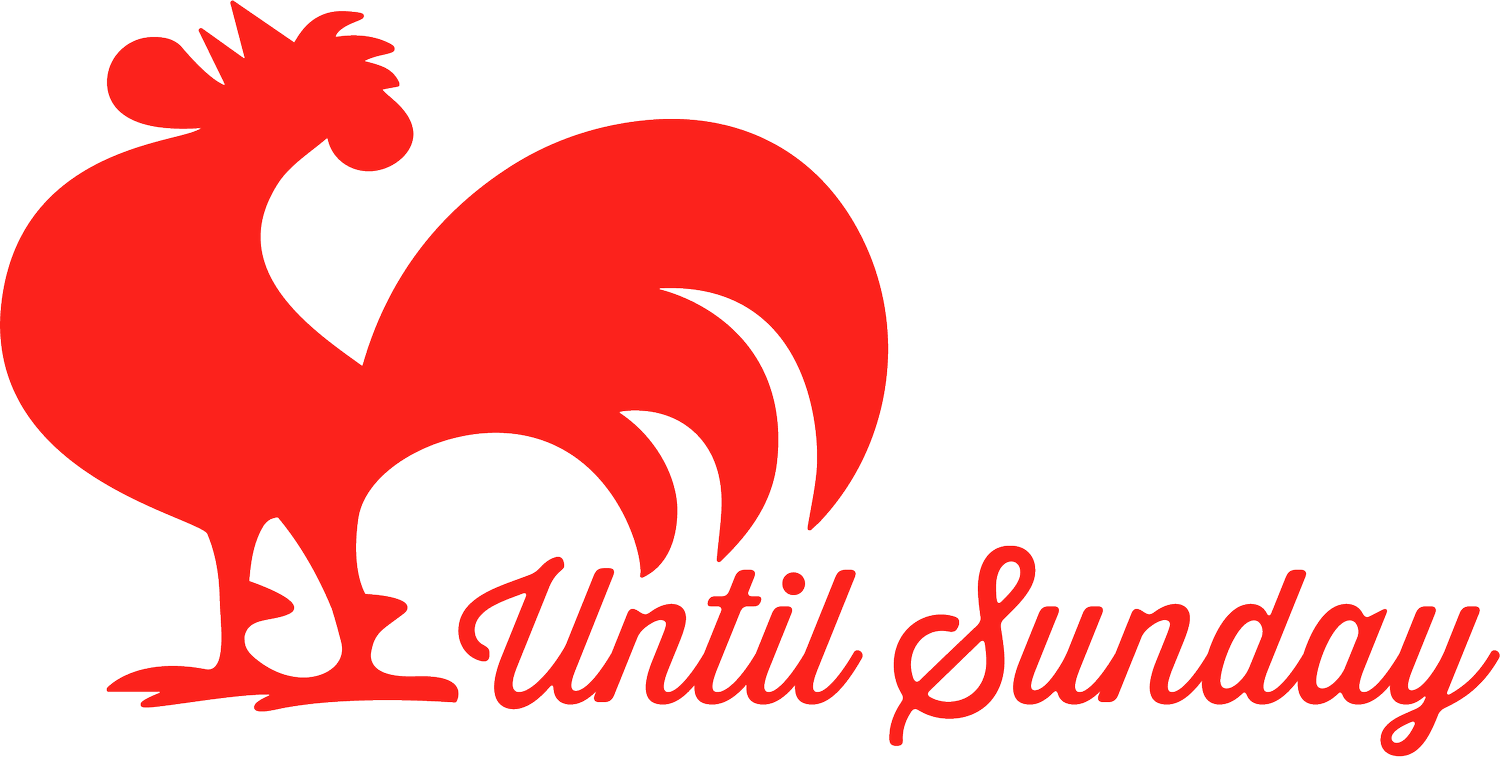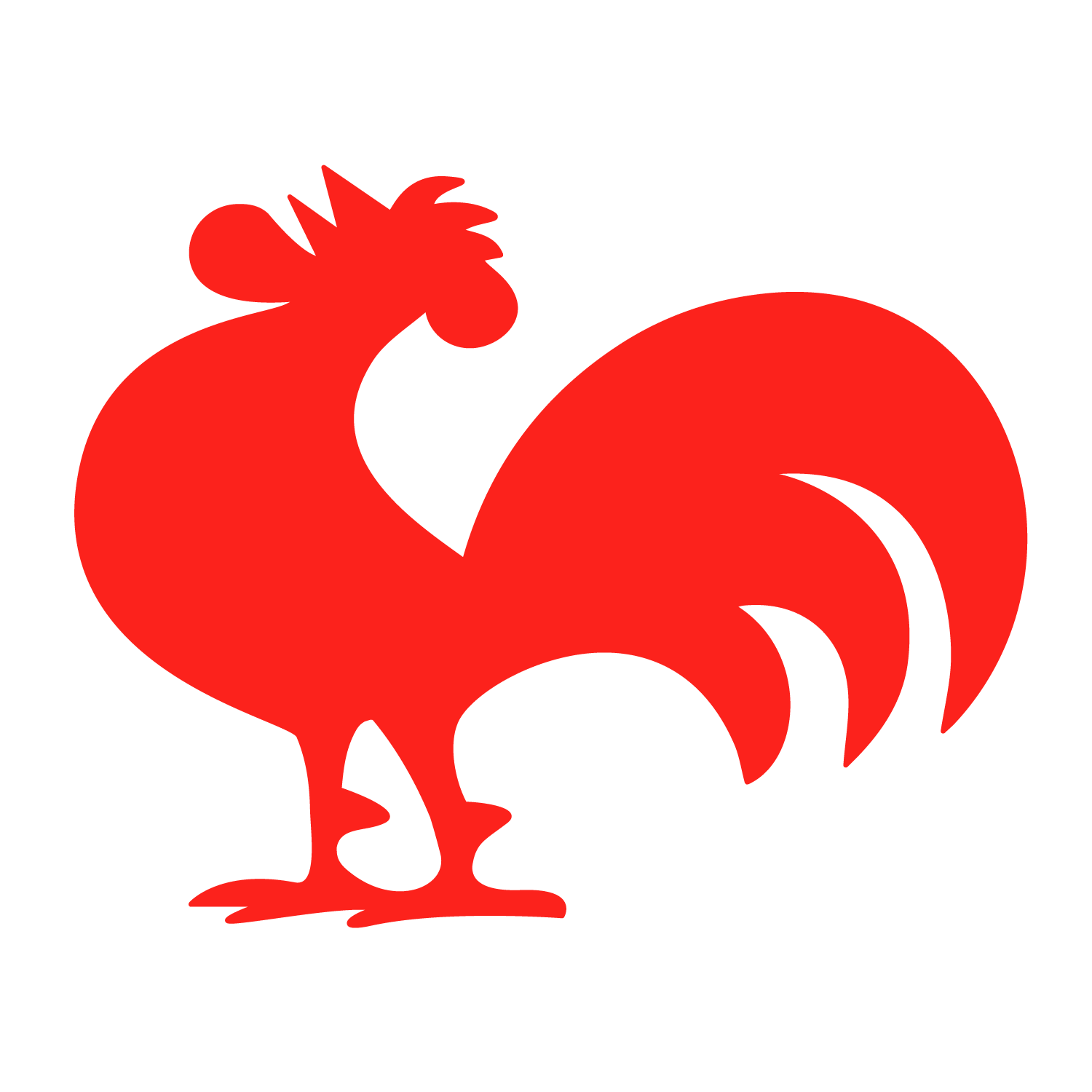#35. The deceptive stories we tell to... Discover your true self (Part 3)
In this issue, we explore the final storytelling resolution: discovering your true self.
From tools that support self-expression to platforms that guide reflection and help us reconnect with our values, this issue looks at how design can spark genuine self-discovery, and why this powerful experience must be handled with care.
#34. The deceptive stories we tell to... Ensure completeness (Part 2)
Not every story in design aims to make us stand out. Some are meant to make us feel whole again.
In this issue of The Sunday Tales, I explore how storytelling and design can use the promise of completeness to engage users, especially in the age of AI. From closing knowledge gaps to saving time and mental energy, AI tools promise to simplify our lives and restore balance.
#33. The deceptive stories we tell to... Achieve a Status (Part 1)
Storytelling is one of the most powerful tools in design. It can elevate experiences, inspire behaviour, and build strong emotional connections. But the same narrative techniques that make a brand feel human can also be used to deceive.
In this issue I explore how deceptive design patterns exploit our desire for status and belonging and how ethical designers can turn those same insights into honest, empowering experiences.
#32. I look at the future of design and it looks… fine to me.
Design is changing fast, but its heart remains the same: imagination, emotion, and connection. In this issue I reflect on my talk at the Deree–American College Symposium, exploring how AI can amplify creativity, why storytelling still matters, and how designers can shape the future with purpose.
#31. 3 lessons from a new movie EVERY startup founder can learn from!
Over the past decade, I’ve worked closely with different tech startups. Some launched successfully and continue to thrive with large communities. Others didn’t make it to launch or even beta testing.
I have learned a great deal from both sets of experience. F1 both deepened and energised my learning, offering valuable lessons that anyone involved in fast-growing projects and companies can apply to avoid common headaches and setbacks.
#30. Why your brand and digital presence matter more than ever in the AI era
AI is transforming design at lightning speed. New tools appear overnight, workflows shift, and trends come and go faster than ever. But here’s the truth: what keeps you relevant isn’t the tool you use. It’s the story you tell.
That’s exactly what I will be teaching in my new live workshop, Story by Design, starting January 2026. Across 4 lessons and 4 Q&A sessions, you’ll learn how to define your brand (or the one’s of your clients!) and translate it into visuals, structure, and storytelling that make your presence truly memorable.
#29. Lessons from KitKat: how the right research can build sustainable products and memorable experiences
When research is performed at a deeper level, we can create products that truly stand the test of time, adapting seamlessly to change. This is because they are rooted in behaviour, and connected to a larger system. In this issue, The story of KitKat will teach you how to conduct research in a more systematic way, encompassing not only the people (or users) involved, but also the technology and the context.
#28. Design is not important until it becomes essential
Design is often underestimated, treated as decoration or trend. Yet, as this article shows, design is research, strategy, and intention. From typography that shapes behaviour to user experiences that guide decisions, good design is never an accident. It is the invisible structure behind products, services, and systems we use every day.
#27. The magic ingredient for AI-powered experience design
Undoubtedly, there is a strong tendency to infuse AI into everything we design, like the latest ‘must-have’ kitchen gadget. But AI is an expensive tool, both for the user (as they ultimately pay for it) and the environment.
While we can't avoid embracing it at least in part, I would like us designers to be more like storytellers, consciously adding to their story in a way that helps the hero move forward in their journey.
I think a better and smarter way to design AI integration is to start by focusing on "context", so its addition doesn't feel awkward or prevent the user from finding their "spark" in the experience.
#26. Purpose vs. Resolution: Designing for depth (and singing for my soul)
Purpose and resolution, as I mentioned in my client's brief newsletter, are two sides of the same experience. As such, they play very different roles in the storytelling process. The purpose defines the intention. The resolution defines the impact. In this issue, I compare two apps with the same purpose but different resolutions, in the hope that the importance of defining both becomes a little clearer.
#25. Three fun storytelling games to break the ice with anyone!
In this Summer Edition of The Sunday Tales, I’m offering you some fantastic icebreakers that I’ve used in the past, on different occasions, to ensure my meetings kick off in a relaxed and productive way. You may not be surprised to know that each icebreaker is based on storytelling… which is why they are both simple and approachable. As I always say, our brains are hard-wired for stories!
#24. Summer, Framer and Feeling Stupid
In this Summer Edition of The Sunday Tales, I reflect on building a new website for Mini Studio, the challenges of learning a new tool, and how summer can be a season for slow, meaningful growth.
#22. Procrastination and Perfectionism: On Writing My First Book
In this special issue, I share a behind-the-scenes look at my upcoming book project. If you're a UX designer, creative professional, or simply curious about how storytelling can shape design, you’re invited to follow along and even help shape the book.
#21. Using storytelling to clarify your client's brief (Part II)
In this issue, I will share four additional questions that take a deeper dive into the user experience and context of the project.
While Part 1 focused on understanding the project’s audience and overarching goals, Part 2 helps you map out how the product will be used, which interactions it requires, and how it should make the user feel.
#20. Using storytelling to clarify your client's brief (Part I)
Being a freelancer has taught me that you need to be very focused and ask the right questions, or you may create something that does not match the expectations of your client, nor those of the potential user.
These first questions are the ABCs of a client interview. They will help you understand how your client envisions their product, while providing conversational structure — so your meeting won’t spiral into a messy wishlist of ideas, assumptions, and personal preferences.
#19. What Studio Ghibli Taught Me About Visual Storytelling in UX
While whimsical, playful and optimistic, Studio Ghibli teaches us that visual storytelling is most powerful when it feels familiar, sincere, and purposeful.
As I watched Spirited Away and The Boy and the Heron, I admired the quality of the drawings and the stories, as I always do. But feeling inspired, I also scribbled down some ideas about visual storytelling that I’m going to share with you now, to help boost your next project.
#18. Persuasion Through Experience at the Hiroshima Peace Memorial Museum
During the last day of my online workshop, held while I was in Japan, I found myself asking questions about how we can influence others’ opinions and beliefs. The answers were waiting for me in Hiroshima, in that I saw how thoughtful storytelling presents ideas that resonate, inspire, and drive change. From this experience, three key lessons emerge for effective storytelling in design presentations.
#17. Dump Matsumoto and the need for a story villain
This issue focuses on wrestler Dump Matsumoto and explores her remarkable rise to fame. It wasn't solely due to her uniqueness; it was also about understanding key storytelling elements such as character arcs, the creation of a hook, and the power of contrast.
#16. Become a Story Machine! Free Storytelling Courses for Designers (Part II)
In this issue, I’m going to suggest a few more ways to help you become a better UX designer and storyteller. These are free online courses, to follow the resources I shared a few weeks ago.
#15. UX Design through the lens of an iconic movie: Stalker by Andrei Tarkovsky
In this issue, we learn that Tarkovsky’s Stalker isn’t just a film, but an experience that powerfully reshapes how we think about time, space, and interpretation. In UX design, we can draw inspiration from this masterpiece to craft interactions that are more deliberate, immersive, and meaningful.


